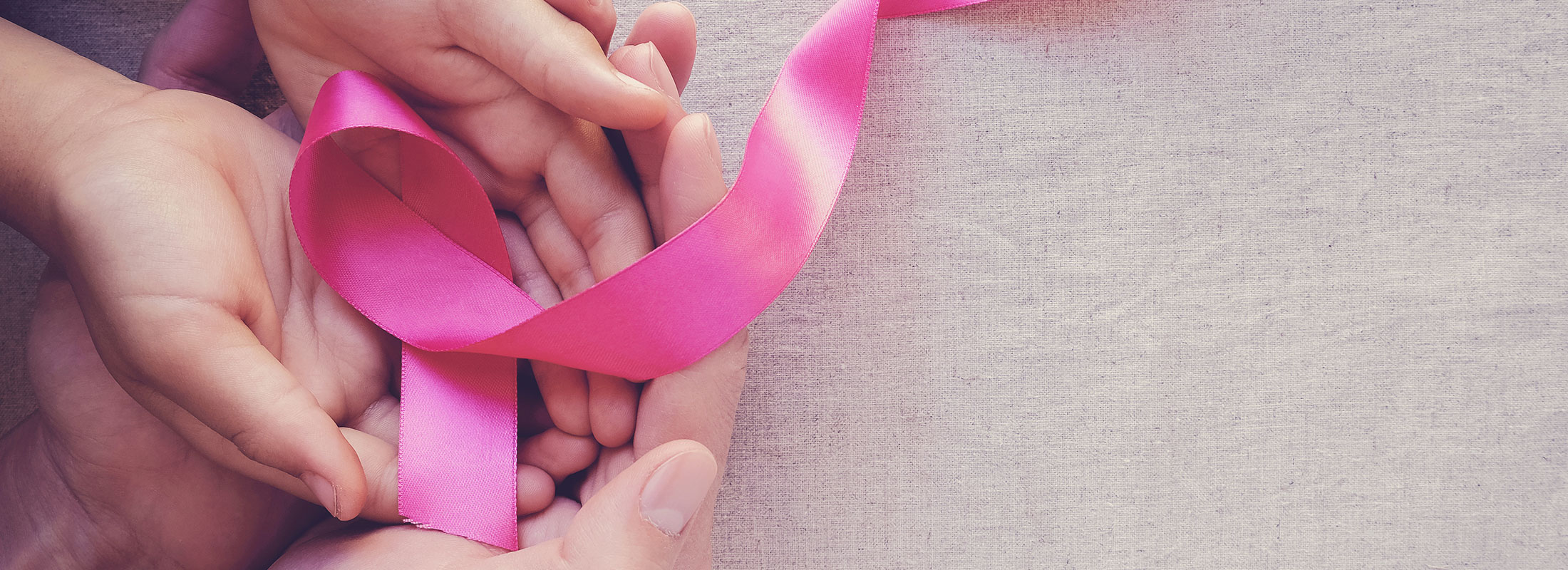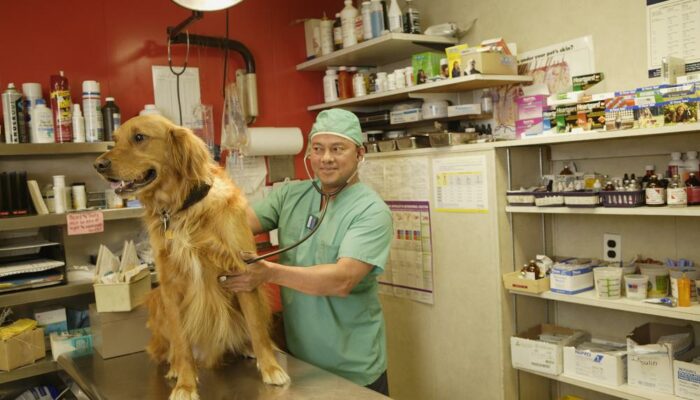
The causes, symptoms, and risk factors of breast cancer
Breast cancer is a condition in which cancer develops in the cells or tissues of the breasts. While it is found to be more common among women, men can also develop this condition. It is, in fact, found to be the second most diagnosed type of cancer among women in the country after skin cancer. Over the years, the survival rates for the condition have gone up and the number of fatalities has gone down with advancements in technology and treatment methods.
Causes
The exact causes of breast cancer are not clear, but it can typically be attributed to the overgrowth of abnormal breast cells, resulting in the accumulation and development of a lump or a mass. In some cases, the cancer cells may also spread to other parts of the body and to the lymph nodes.
It usually develops in the milk-producing ducts (invasive ductal carcinoma), in the glandular tissue (invasive lobular carcinoma), or in the other breast cells or tissues.
It has also been found that around 5-10 % of breast cancer cases are associated with mutations in genes that have been passed down the generations. Mutated genes that could be responsible for causing breast cancer have been identified as BRCA1 and BRCA2. The presence of these genes can increase the likelihood of developing the condition.
Risk factors
- Women are more likely to be afflicted by this type of cancer than men.
- A personal history of having breast cancer also leads to a higher risk of developing it. Having had the condition affect one breast leads to a higher chance of a person developing it in the other breast as well. Not just this cancer but other conditions like atypical hyperplasia or lobular carcinoma in situ can also put one at a higher risk of developing this condition.
- Age is also a factor that increases the risk of developing breast cancer. It is also probable that menstruation beginning before the age of 12 increases the risk. At the same time, menopause at a later age also puts one at a risk.
- A woman has a higher risk of developing breast cancer if she has her first child after the age of 35.
- Consumption of alcohol also increases the risk of developing the condition.
Signs and symptoms
The main signs and symptoms of breast cancer include:
- A thickening or breast lump that tends to feel different upon touching.
- Changes in the appearance or size of the breast can also be a sign of the condition.
- Puckering or dimpling of the skin around the breasts.
- Redness or scaling around the breast or nipple.
- A nipple that appears to be inverted is also a warning sign of breast cancer.
- Flaking, peeling, or crusting of the area around the nipple can also be a sign of the condition.
- Discharge from the nipples is also a symptom of breast cancer.



